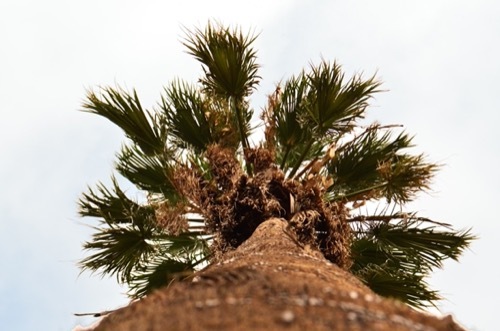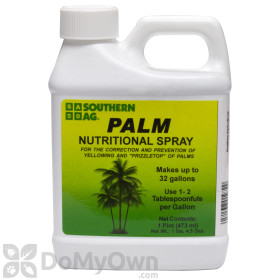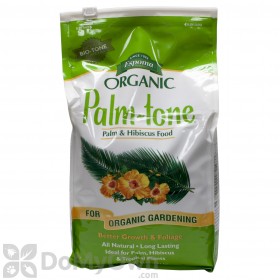Palm trees can be used to add tropical flair to a lawn or landscaped area and can be successfully maintained in several non-native regions. Some care is required to help them flourish and thrive, however.
Palms are known for their longevity. With the right care and a gentle climate, your palm trees may live for decades after planting.
Follow these methods to make the most of these beautiful, long-lived ornamental plants.
Planting Your Palm Trees

During the spring and early summer, plant young palms that have been seeded in containers for the best result. Palm tree saplings will be ready for transplantation once they begin to display trunk development. At this stage the palm will have some tolerance for root disturbance and should adapt well to its new home in the soil. These spring months are a period of active root growth for palms as they settle into the earth.
Watering Your Palm Trees

Be sure to water the palm into its new home in the soil. You'll want to water enough to keep the root ball and the soil around it moist, but not saturated. Maintain this level of hydration for the first four to six months after planting.
Most established palm trees only need to be watered two or three times per week to stay hydrated and healthy.
Fertilizing Your Palm Trees
Decide on which type of fertilizer will work best for your palms. For very large palms a soil application of a spray or granules spread on the ground may be the most convenient option.
When applying fertilizer into the ground, either as granules or spikes, be sure to treat the entire area underneath the palm tree's canopy. This will be around 15 feet in all directions in the case of large palm trees.
For smaller palms, consider a foliar spray; for this type of application the entire foliage of the plant would be doused from above.
Products needed for Method 3
Supporting Your Palm Trees

Provide vertical support for younger palms where needed. In wind-blown or hurricane-prone areas, young palms may need a rigid structure built around them to stay upright in extreme conditions. When using nails to secure this type of structure, they should only be driven into other boards, and never into the trunk of the palm.
Pruning Your Palm Trees

Prune your palms when appropriate, but not aggressively. Only leaves that are completely dead should be removed from the tree. Damaged or diseased fruit and flower stalks can also be removed.
Wait until any green has disappeared from a palm frond before pruning it. Once the frond has browned completely, you may remove it with hand pruners or a pruning saw.







